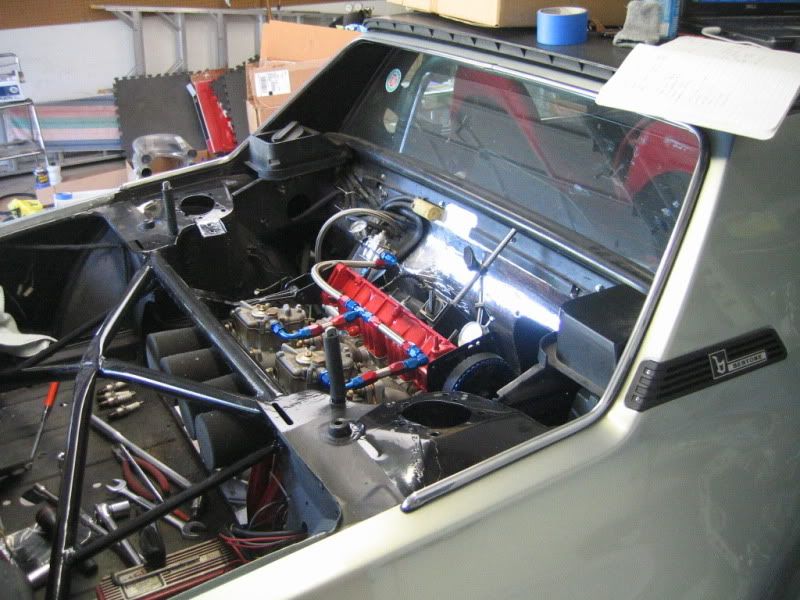For those of you out there that have experience racing with a pair of 40-DCOE carbs, my car is a reasonably well prepared '76 1300 that seems to be running out of gas near the end of a very long (0.5 mi) straight. I'm wondering specifically what type of fuel pump you have used, if you used fuel systems with return lines or any other specifics/tricks that have proven to work.
The problem running out of gas gets worse as the car runs better. I increased main jets and that seems to cause the car to pull harder until it starts to crap-out - but that doesn't happen until I'm well down the straight.
I've looked at fuel pressure near the carbs and it seems okay but I've gotten differing views on that too from people who are supposed to know (somewhere between 3-6 psi)
I'm currently running:
The problem running out of gas gets worse as the car runs better. I increased main jets and that seems to cause the car to pull harder until it starts to crap-out - but that doesn't happen until I'm well down the straight.
I've looked at fuel pressure near the carbs and it seems okay but I've gotten differing views on that too from people who are supposed to know (somewhere between 3-6 psi)
I'm currently running:
- well-vented fuel cell in the front
- a small Carter pump (that Pierce Manifolds claims is "perfect" for the carbs) located in the frunk (I do not have a relay on this pump - tho it might be a good idea to add one, it doesn't draw much amperage)
- a pair of small in-line fuel filters; one fore and one aft of the pump
- a single supply line to the carbs with no regulator





